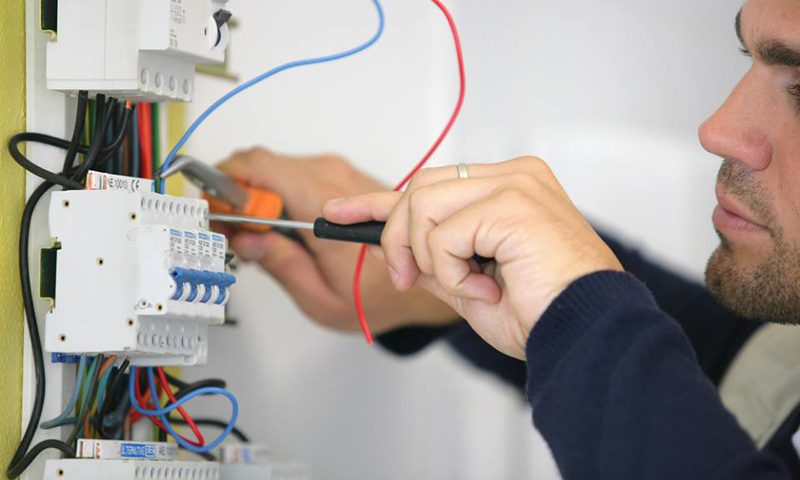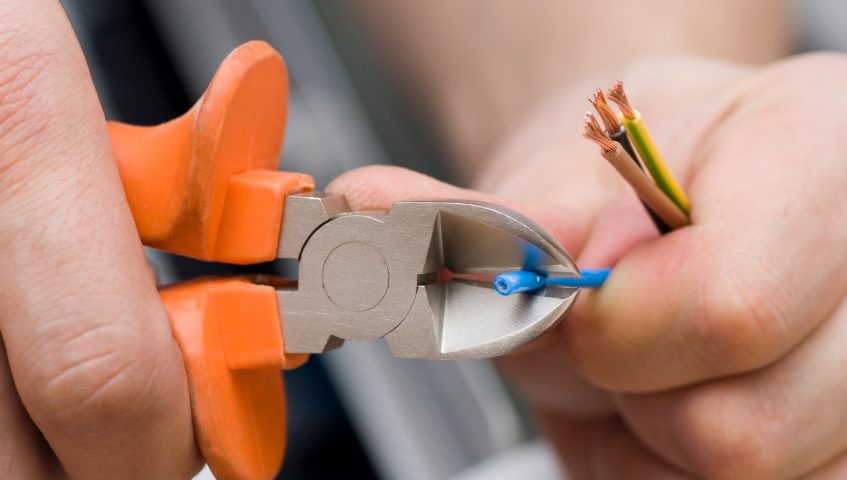
How to Save Energy by Using Smart Lighting Solutions
A foremost concern that many homeowners have is about saving energy costs. With the rise of the internet of things (IoT) architectures, smart lighting technology has truly revolutionised the use of energy. According to Gatner, it is estimated that 46 million units were installed in 2015 and this will increase to 2.54 billion units in 2020. Smart lighting involves connecting the light system with a network, which can be monitored and controlled through the cloud or a centralised system. What’s more by installing smart lighting technologies in your property, you can increase its value up to 38%.
How Does Smart Energy Technologies Work
The key factor in smart energy technologies is integration, which enables devices installed around your home to communicate and activate each other. For example, you can switch on the heating in your home by using Nest, an app-enabled thermostat, which senses your exit from work. It also alters the temperature based on usage and peak times. You can adjust your smart lighting solutions according to the time of the day, the number of occupants in the home or the weather outside. Furthermore, you can integrate your window blinds with your lighting solutions, enabling them to be lowered once the sun sets and automatically switching the lights as well.
In order to effectively reduce lighting expenses, it is vital that all five phases of smart lighting is installed, which includes LED lighting, sensors and controls, connectivity, analytics and intelligence.
Smart Lighting Solutions – LED Lights
Several offices and commercial facilities have hundreds and thousands of lighting fixtures installed and this represents at least 40% of the total load. Therefore, by replacing traditional incandescent, fluorescent lighting systems or halogen incandescent with LED lightings, commercial property owners will experience a drastic drop in energy and maintenance costs. LED lights are much more efficient than traditional incandescent lights because the former loses about 90% of energy in heating the bulb and a small fraction goes to generating light. In addition to this, LED lights have a lifetime of about 50,000h in comparison to incandescent lights that have 200h. Therefore, LED lights are affordable and attractive due to their minimum maintenance costs and direct energy savings.
Lighting Controls
It is through lighting controls that makes the entire smart home technology function as it integrates the devices with a centralised system, which can be monitored and controlled. A few examples of energy-efficient control solutions are:
- Lighting control circuit breakers
- Occupancy/vacancy sensors
- Personal dimming controls
- Daylight harvesting sensors
- Plug load control
Lighting controls help keep a track of the energy usage within your home. This involves turning off lights in rooms that are vacant or minimising the amount of energy consumed in order to light up a particular space. The effectiveness of lighting controls for energy saving is based upon area utilisation rate and the particular applications. For example, if a room is occupied 100% of the time, it is unlikely that occupancy/vacancy sensors will be able to decrease energy use.
What do you think about smart lighting solutions? Do you have any smart lighting solutions installed in your premise. If not, we can help! Call us today to know more.

